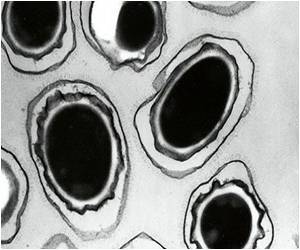
These are fatty cells which wrap around nerves, acting as insulation to protect the electric signals that pass through the nerve strands.
The Mycobacterium leprosae bug then reprogrammes the cells to an immature state before converting them to muscle-like cells, according to the research published in the journal Cell on Thursday.
It does this by turning off genes that cause the cell to operate in its adult state and by switching on genes that are expressed when the cell is in a premature, embryonic state.
The probe may explain a long-running mystery as to how the bacteria is able to spread to other tissues after starting in the peripheral nervous system, say the authors.
The discovery could open the way to drugs that hit the bacteria before the reprogramming stage, researcher Anura Rambukkana of the University of Edinburgh said in a press release.
Advertisement
The disease takes about five years to incubate and symptoms can take as long as 20 years to appear.
Advertisement
Source-AFP













